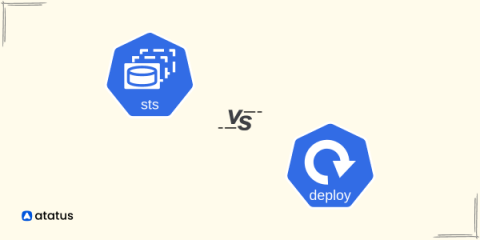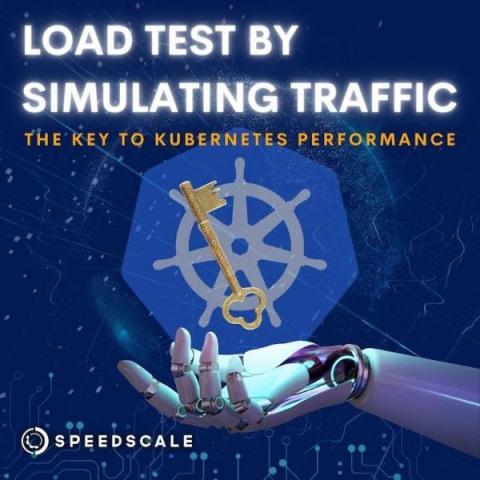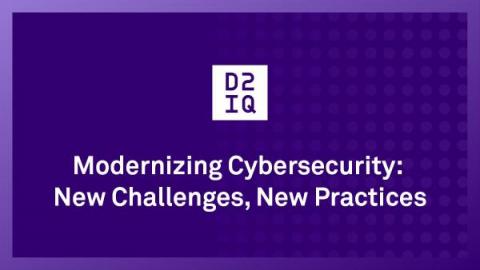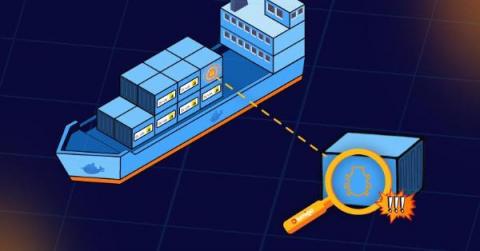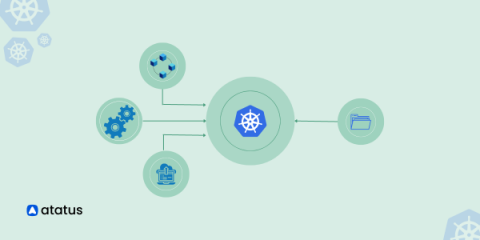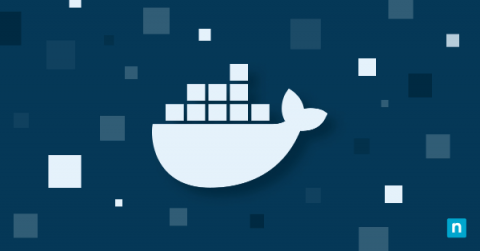Operations | Monitoring | ITSM | DevOps | Cloud
Containers
The latest News and Information on Containers, Kubernetes, Docker and related technologies.
Statefulset vs. Deployment in Kubernetes
As Kubernetes continues its ascent as a leading container orchestration platform, it's common for users to encounter a perplexing choice between two prominent workload controllers: StatefulSets and Deployments. Despite both controllers being instrumental in managing high-availability workloads, they diverge significantly in terms of features and use cases. Grasping these distinctions is pivotal for fine-tuning the performance and scalability of your Kubernetes infrastructure.
The Key to Scalable Kubernetes Clusters | Load Test by Simulating Traffic
Modernizing Cybersecurity: New Challenges, New Practices
The practice of cybersecurity is undergoing radical transformation in the face of new threats introduced by new technologies. As a McKinsey & Company survey notes, “an expanding attack surface is driving innovation in cybersecurity.” Kubernetes and the cloud are infrastructure technologies with many moving parts that have introduced new attack surfaces and created a host of new security challenges.
ExpressJS Container Debugging
In recent years, the landscape of application development has experienced a paradigm shift, largely driven by the rise of containerization and microservices architectures. Amid this transformation, Express.js has emerged as a dynamic and versatile framework that stands as a one-stop shop for crafting robust web applications. Its popularity owes much to its minimalist approach, allowing developers to swiftly build APIs and web applications with ease.
Choosing the Right Kubernetes Cluster Setup: A Comprehensive Guide
Kubernetes has revolutionized how modern applications are deployed, managed, and scaled. As the container orchestration platform of choice, Kubernetes provides a dynamic and highly efficient environment for running containerized applications. At the heart of this ecosystem lies the intricate relationship between Kubernetes and the applications residing within its clusters. Applications within Kubernetes clusters are arranged through Pods, which are managed and scaled by various controllers.
A Guide to Kubernetes Core Components
In the ever-evolving landscape of modern software development and deployment, Kubernetes has emerged as a prominent solution to manage and orchestrate applications. This technology has redefined how applications are deployed and maintained, offering a flexible and efficient framework that abstracts the underlying infrastructure complexities. In Kubernetes, you define how network traffic should be routed to different services and pods.
Down to the Dollar: Turning Logs into Serverless Estimates - Civo Navigate NA 2023
How To Containerize an Application Using Docker
Most development projects involve a wide range of environments. There is production, development, QA, staging, and then every developer's local environments. Keeping these environments in sync so your project runs the same (or runs at all) in each environment can be quite a challenge. There are many reasons for incompatibility, but using Docker will help you remove most of them.
What's New in the Kubernetes 1.28 Second Release
From its humble beginnings, Kubernetes’ growth story continues to be a testament to the power of open-source collaboration, and its current 1.28 second release is certainly no exception. It’s not just a product of ingenious coding but also the sweat and night oil of a global community – from seasoned industry stalwarts to students just making their debut in the open-source world.



